Taking USB Out to the Network Edge
23.10.2018
Although it was initially designed for office and IT environments, USB was quickly adopted by
Isolation: Electrical Events and USB
Ordinary surge suppression will not address all the problems that can arise when USB is used in dangerous electrical environments. Surge suppression attempts to protect equipment by limiting spikes between the signal and ground line. But, if the ground line rises, as it does when a USB connection creates a ground loop, then surge suppression is unhelpful. You will need isolation. Isolation converts the signal on the two USB data lines to either
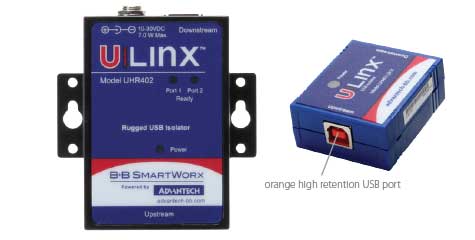
Figure 1. USB isolators protect data lines from surges, ground loops and ESDs.(B+B SmartWorx Models UHR402 and UH401-2kV )
Isolators do limit the USB data rate to “Full Speed” or 12 Mbps. USB devices natively default to Full Speed until they can negotiate a higher connection rate with the USB hub. A USB device initiates the negotiation by driving 17.78 mA into the D- data line and creating a “chirp.” If the hub is “High Speed” or 480 Mbps, it will respond by alternately injecting 17.78 mA into the D- and the D+ lines.
When the device detects at least three of these return “chirps”, it knows that the hub is High Speed capable and it establishes the connection at the higher data rate. Isolators interfere with this negotiation when they convert the DC signal to AC
If your application demands even higher data rates, consider USB 3.0 SuperSpeed devices. USB 3.0 is the third major USB standard revision and boasts SuperSpeed USB (“SS”) data transfer rates up to 5 Gbps – ten times faster than USB 2.0. USB 3.0 connectors can be distinguished from their USB 2.0 equivalents by the “SS” (Super Speed) initials and blue color of
Model USH304, from B+B
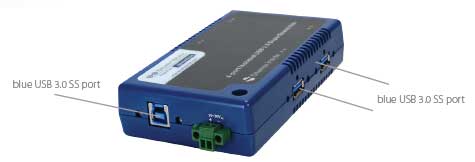
Figure 2. isolated USB 3.0 SuperSpeed Hub provides 2.5kV isolation protection and super high data rates up to 5 Gbps. (B+B SmartWorx Model USH304)
Getting the Data Where It Needs To Go
In office
The solution lies in extension and conversion. Imagine a remote security installation that includes a camera and a card reader. Installing a local PC to control the devices would be impractical. It would make more sense to connect the devices with a USB-over- Ethernet server, which would convert the USB data stream for TCP/IP transmission over Ethernet and create a network connection with the central office. (See Figure 3.)
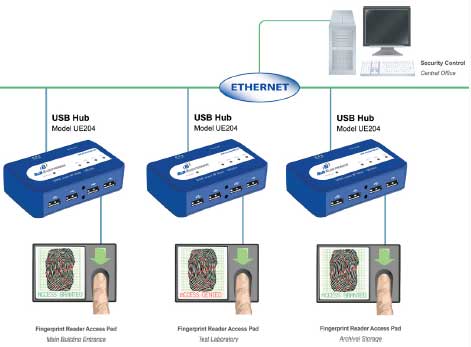
Figure 3. USB to TCP/IP Ethernet Communication(B+B SmartWorx Model UE204)
The labor and materials involved in creating a new Ethernet cable connection can be expensive. But, sometimes the answer is already in place. Legacy coaxial cable or copper telephone cable runs can be repurposed with the installation of Ethernet extenders. (See Figure 4.) Ethernet extenders use DSL technology to convert data for transmission over the legacy copper cable and back again at the other end. The savings can be significant.
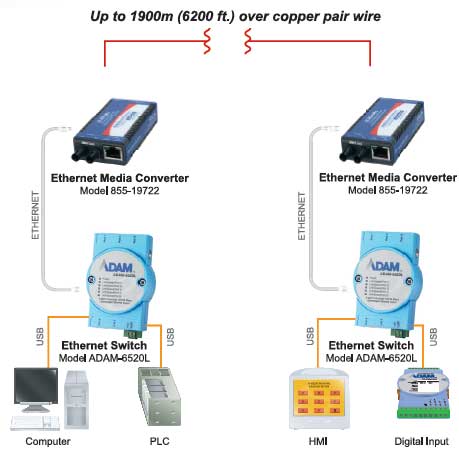
Figure 4. Ethernet Extenders - Copper, Fiber, DSL Communication(B+B SmartWorx Models 855-19722 and ADAM-6520L)
Conversion can also USB-enable legacy serial devices. (See Figure 5.) Manufacturers have designed and built USB-to-serial converters for virtually any application, from simple inline converters that connect a single device to heavy-duty, DIN-
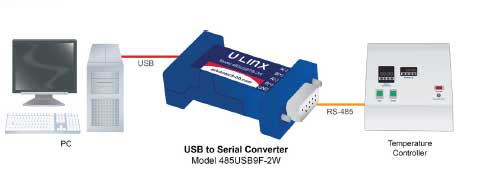
Figure 5. USB to Serial Application(B+B SmartWorx Model 485USB9F-2W)
Making Firm Connections
The USB standard addressed a weakness found in older cabling systems. USB cables protect their connector pins inside the connector housing, where it’s difficult to damage them. The older systems, with their exposed pins, were much more vulnerable. But the old cables were typically connected with thumbscrews, which made connections very reliable. USB cables are designed for quick and easy connections and disconnections. Vibration can work them loose, leading to data loss or downtime. If flammable substances are present USB’s 5 VDC power can cause arcing and fire. You should ruggedize your connections by using USB devices with high retention ports. The ports will look much like those you’d see in office-grade equipment, and making connections is just as quick and easy. The difference is in the safety factor. A typical high retention port can grip a cable firmly enough to resist 3.4 lbs of force.
USB has its weaknesses, but that doesn’t mean it’s unsuitable for
